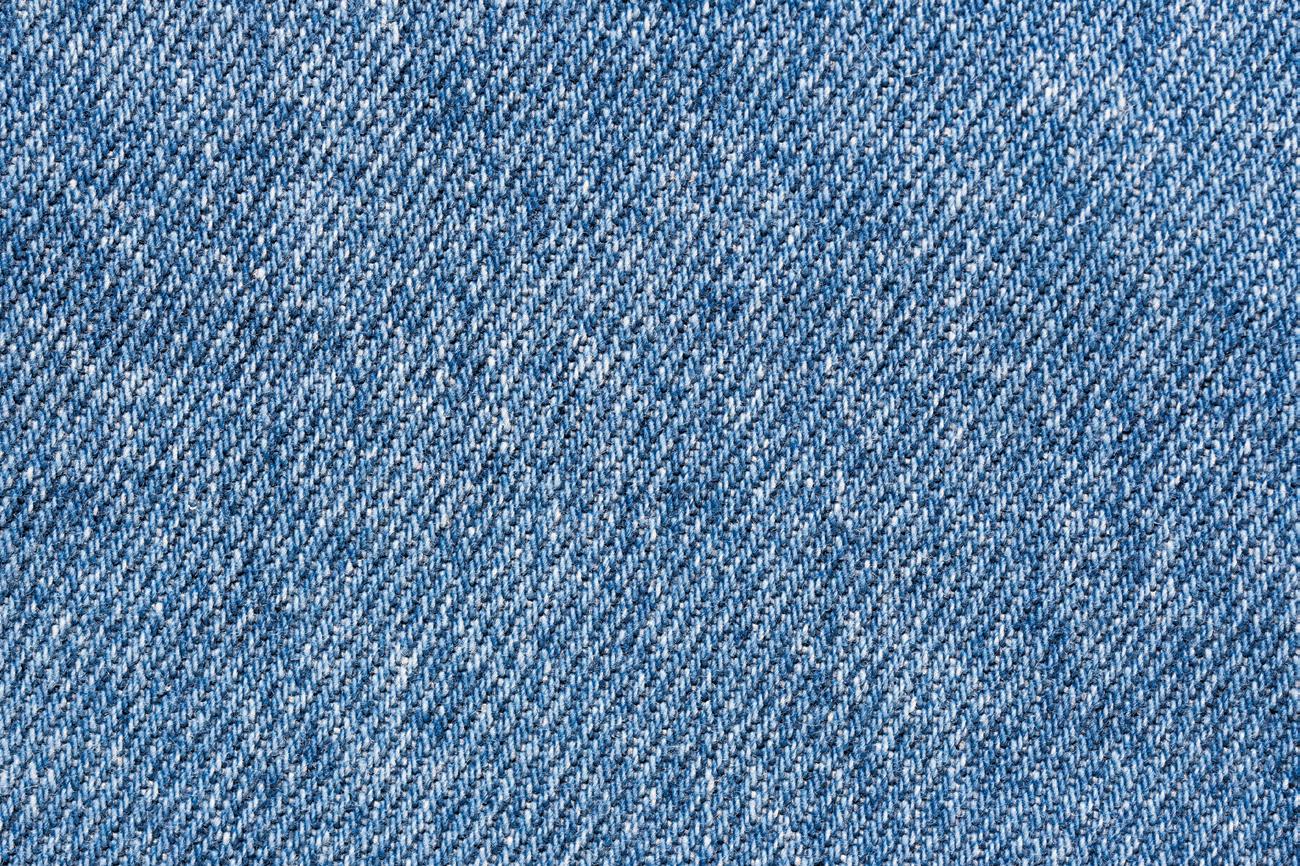
4 minute read
ABC in KMC: De Nîmes
Everyone is familiar with the blue robust cotton pants that come in all shapes, styles and sizes these days. But, did you know that the inventor of the durable textile was a German immigrant from northern Bavaria?

Löb Strauss was born in Buttenheim Feb. 26, 1829, and for economic reasons his family immigrated to San Francisco in 1846. In 1866 he founded the company “Levi Strauss & Co.” and created durable blue working trousers out of coarse cotton material with metal rivets in 1871. Strauss was inspired by dyers from the city of Nîmes in southern France, who were well known for their talent of dying fabric into a deep blue color. Since the original idea was from Nîmes (de Nîmes in French), he used the term and anglicized it into “denim” for simplification.
Two years later in 1873 he patented his creation, more than 150 years ago. His first customers were workers and cowboys, as the pants were robust, could get dirty and were easy to clean. It was not until 1920 that the pants were referred to as jeans. In 1850 Strauss americanized his first name to Levi and became a U.S. citizen three years later and has become to be known as an idol living the American dream.

After his pants were trademarked, Strauss introduced the first ladies’ jeans and the well-known label “501” which referred to the rivets registered under the number. It took another twenty years for Strauss to become a fashion icon though. Teenagers in the 1950’s adored actors such as James Dean and Marlon Brando and were fascinated by their deep blue indigo legwear. Actress Marilyn Monroe set a fashion trend in her tight jeans and the once mainly heavy-duty working clothes quickly found their way into stylish fashion magazines.
British teenagers stormed the docks to buy jeans from American sailors directly off the ships. The “501” advertisement slogan was “Separates the men from boys” and in 1960, 58 years after Strauss’ death, the first pre-washed jeans were introduced to the market. Millions, if not billions, of pairs of the “Levi 501” have been produced and undergone over 20 makeovers since the original patent in 1873, making it the most iconic and popular style.

Other fashion products such as jackets, shirts, skirts, dresses and handbags were soon to follow. Today, items made of the sturdy material can be found in an array of colors in addition to the traditional indigo blue and designs, including popular styles such as frayed knees or tight fit, bell-bottoms, high and low waist as well as shoes and boots. A Japanese paid 60,000 dollars at an auction for one of the first original 501-Jeans in 2005.
In 1983 a woman from Milwaukee asked the Mayor of Buttenheim for information about a German fest on the occasion of the 150th anniversary of the patent. This brought momentum into the story behind the small town’s most famous emigrant Levi Strauss and the “father of blue jeans” and his success story.
Strauss’ birth house in Buttenheim near Bamberg in northern Bavaria was built in 1643 and the picturesque semi-timbered structure with bright blue shutters has housed a museum since 2000. It describes the story of the most famous trousers of mankind and their worldwide success and popularity. A life-size bronze figure of Levi Strauss is in the courtyard and the museum offers films, audio documents and a collection of historic Jeans models.
For more information, visit: https://levi-strauss-museum.de/en/home/



